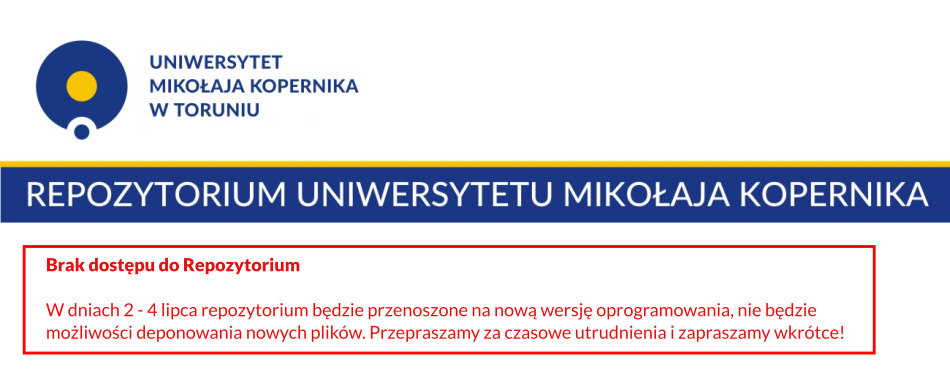| dc.contributor.author |
Krantz-Domasłowska, Liliana |
| dc.date.accessioned |
2016-05-12T11:13:23Z |
| dc.date.available |
2016-05-12T11:13:23Z |
| dc.date.issued |
2015-06-29 |
| dc.identifier.citation |
Acta Universitatis Nicolai Copernici Zabytkoznawstwo i Konserwatorstwo, No. 45, pp. 71-88 |
| dc.identifier.issn |
0208-533X |
| dc.identifier.other |
doi:10.12775/AUNC_ZiK.2014.003 |
| dc.identifier.uri |
http://repozytorium.umk.pl/handle/item/3180 |
| dc.description.abstract |
Reference to the past in the sacral architecture of the State of the Teutonic Order This paper is concerning the question of the presence of Romanesque provenance forms in the sacral architecture of the State of Teutonic order in Prussia. To depict the retrospective tendencies a typological category was used – a pseudo-basilica spatial disposition of the nave. Amongst over a dozen of churches representing such solution, often it is one of the stages of a longer erection process (Dzierzgoń, Bartoszyce, Nowe Miasto Lubawskie, the Franciscan church in Chełmno, or the parish church in Chełmża), there are some examples when this spatial variant was chosen as a desired form what can be classifid as a deliberate reference to the Romanesque forms (the cathedral church in Kwidzyn, St. Nicolas church in Grudziądz, the project of St. Jacobs church in Toruń). The other elements of architectural retrospection can be seen in the shape of western, two tower fronts (parish churches in Chełmno, Brodnica, the cathedra in Chełmża), as well as the one tower fronts (parish churches in Toruń, Grudziądz, Chełmża) and the presence of galleries as excluded spaces for Teutonic hierarchs. Single affiiations quoted in the literature for certain objects are different but the common ground that remains in the Romanesque source for the references in architecture. It seems that the predilection for the forms of Romanesque context should be regarded as a conscious choice of a certain architectural narration with its source in ideological and historical function of these references. The Teutonic investors, acting on a ground deprived of artistic identity, were forced to create it from scratch. The Romanesque modus of the building gave this ahistorical space a certain feel of a “distant past”. |
| dc.language.iso |
pol |
| dc.rights |
Attribution-NoDerivs 3.0 Poland |
| dc.rights |
info:eu-repo/semantics/openAccess |
| dc.rights.uri |
http://creativecommons.org/licenses/by-nd/3.0/pl/ |
| dc.subject |
architektura sakralna państwa krzyżackiego; |
| dc.title |
Odwołanie do przeszłości w architekturze sakralnej państwa krzyżackiego |
| dc.title.alternative |
Reference to the past in the sacral architectureof the State of the Teutonic Order |
| dc.type |
info:eu-repo/semantics/article |


